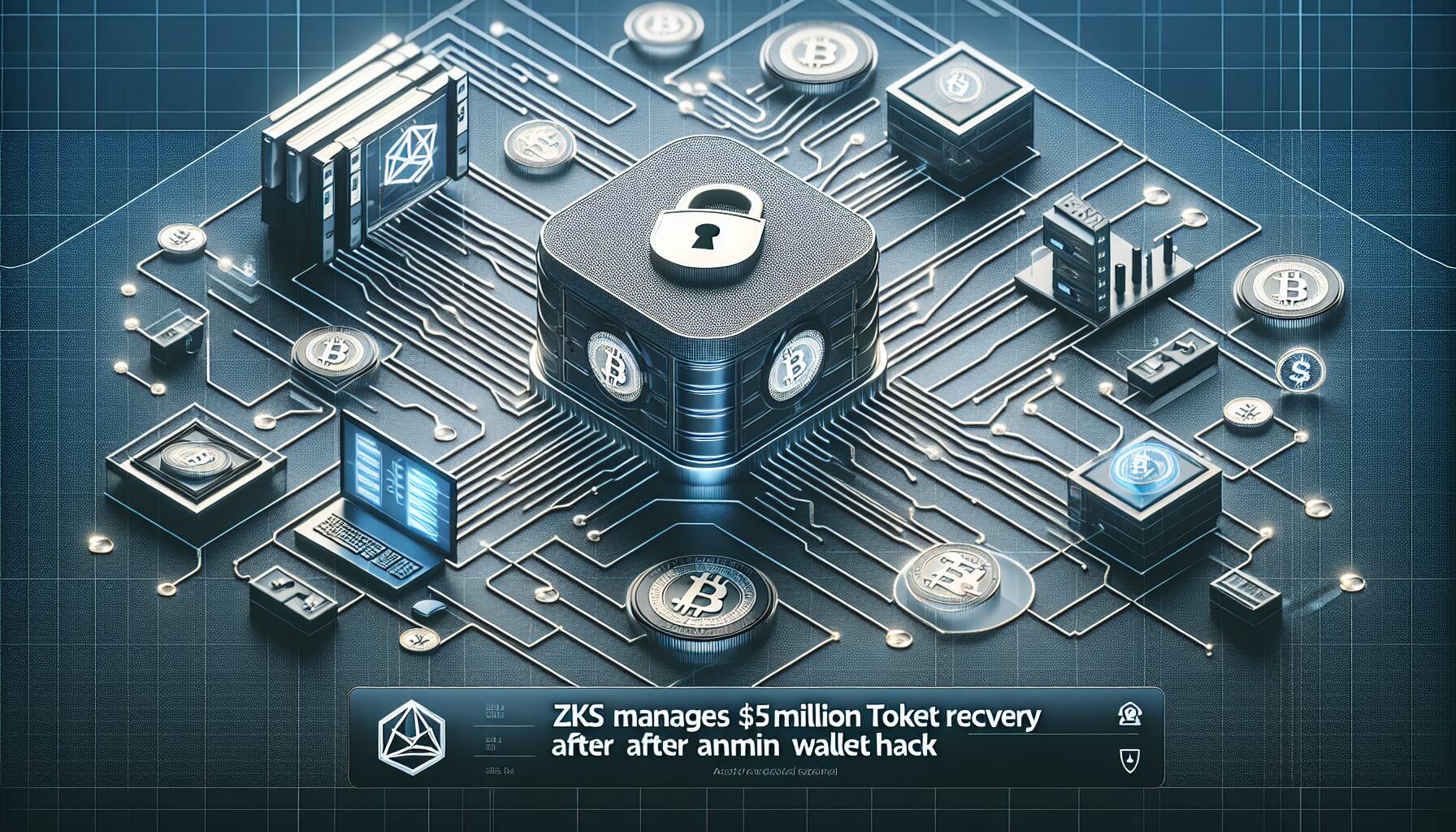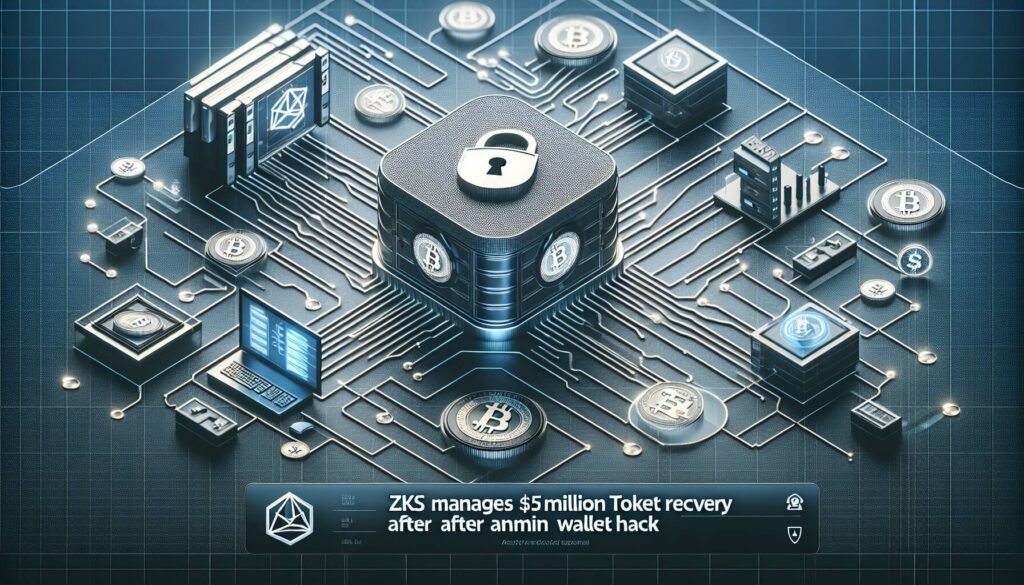In a significant turn of events for the cryptocurrency community, ZKsync announced that it has successfully recovered $5 million worth of tokens stolen during a recent hack of its admin wallet. This incident, which involved a breach that led to the theft of unclaimed tokens from the ZKsync airdrop, raised alarms within the layer-2 blockchain protocol’s ecosystem. However, the swift resolution has brought a sigh of relief to both the ZKsync team and its user base.
According to a post shared on X, the hacker, rather than going on the run, chose to cooperate with ZKsync. By returning the stolen funds within a designated “safe harbor” deadline, which is a commonly used grace period following cybersecurity incidents, the hacker has avoided potential legal repercussions and received a 10% bounty as a token of goodwill.
“The tokens are now under the watchful eye of the ZKsync Security Council,”
the project stated, indicating that a governance process is underway to determine the future of the recovered assets. Furthermore, ZKsync is preparing a comprehensive investigation report that will shed light on the full details of the breach and its aftermath, which will be made public once completed.

ZKsync Admin Wallet Hack Resolved
Key points regarding the recent security incident involving ZKsync:
- Incident Overview:
- Recently, ZKsync experienced a hack of its admin wallet.
- The hack resulted in the theft of $5 million worth of tokens, specifically unclaimed tokens from the ZKsync airdrop.
- Resolution:
- The hacker cooperated with the ZKsync team and returned the stolen funds.
- This cooperation took place within the “safe harbor” deadline, which encourages the return of stolen assets without legal consequences.
- The hacker received a 10% bounty for returning the funds, totaling $500,000.
- Current Status of Tokens:
- The returned tokens are currently in custody of the ZKsync Security Council.
- A governance process will determine the final fate of these tokens.
- Next Steps:
- A comprehensive investigation report is in progress and will be published upon completion.
Understanding such security incidents is vital as they can impact users’ trust in blockchain technologies and prompt the need for improved security measures.
ZKsync’s Token Recovery: A Look at Community Resilience and Risk Management
The recent incident involving ZKsync, where $5 million in tokens was stolen from its admin wallet, has highlighted both the vulnerabilities and robust security measures within blockchain ecosystems. While the return of the tokens signifies a positive outcome, it also underscores inherent risks associated with decentralized finance (DeFi) operations. This situation parallels reactions seen in similar incidents across the crypto landscape, where recovery measures can make or break community trust.
Competitive Advantages: ZKsync’s prompt action to resolve the situation by engaging with the hacker shows a proactive approach that could enhance its reputation amid a slew of negative news around crypto breaches. The tiered governance process that will determine the future of the returned assets can also serve to reinforce user confidence, as it illustrates a commitment to transparency and stakeholder involvement. The notion of a “safe harbor” could encourage other platforms to consider similar strategies, making it an appealing model in the competitive landscape of DeFi protocols.
On the other hand, disadvantages arise from the initial breach itself. The attack on an admin wallet—a central point of control—can raise eyebrows and trigger skepticism among investors about the overall security architecture of the protocol. Sensitivities around the nature of the hacker’s cooperation, as well as the 10% bounty, may cause unease, instilling fear that future breaches could incentivize similar behavior in other malicious actors.
This situation could greatly benefit community members and investors who prioritize security and accountability. Those looking for assurances on asset protection and governance processes may find ZKsync’s measures appealing. Conversely, potential problems may loom for wary investors who might now see ZKsync as a target for future exploits due to its visible vulnerabilities. The incident could also complicate relationships within the broader blockchain community, as it raises questions about the ethics of rewarding malicious actions, despite resolving the immediate crisis.

















